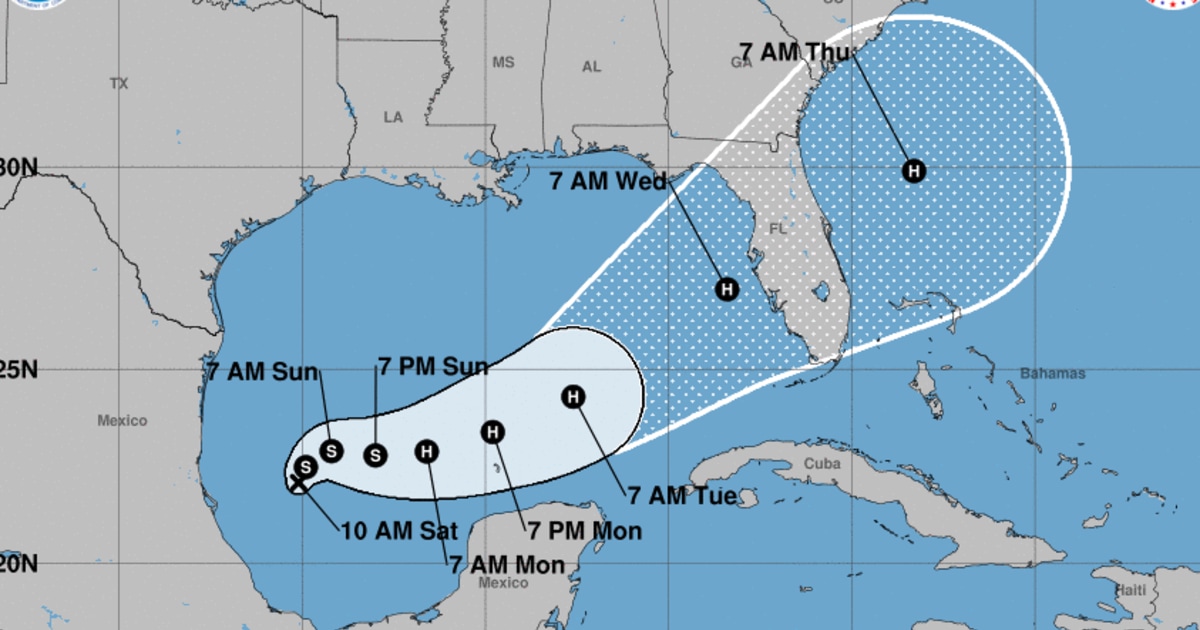
September 16, 2024 This article has been reviewed according to Science X's editorial process and policies . Editors have highlightedthe following attributes while ensuring the content's credibility: fact-checked peer-reviewed publication trusted source proofread by Chinese Academy of Sciences Accurately predicting how rapidly tropical cyclones (TCs) will intensify is a significant challenge due to the complex processes involved. Limited observations show that smaller TCs tend to intensify faster, suggesting a simple linear relationship between a cyclone's inner-core size and its intensification rate.
However, a recent study led by Dr. Rong Fei from Wuxi University in China, and Prof. Yuqing Wang from the University of Hawaii at Manoa in the United States, challenges this assumption.

Their research , published in Advances in Atmospheric Science on September 7, based on advanced numerical simulations, revealed that the relationship is actually nonlinear. The study shows that tropical cyclones with either very large or very small inner-core sizes are less likely to undergo rapid intensification . Instead, there is a critical inner-core size that allows for the most rapid intensification.
This size varies depending on factors such as latitude, sea surface temperature , and the cyclone's initial strength. The researchers discovered that this nonlinear relationship results from the balance between two competing processes: the inward transport of angular momentum, which aids intensification, and horizontal diffusion, which inhibits it. These findings have important implications for improving TC intensity forecasts.
"Tropical cyclones can be disastrous, but for forecasters, we believe there is a sweet spot , or a key size, in cyclone growth. If we can identify this, it could lead to better predictions," said Prof. Wang.
The research underscores the need to accurately determine a cyclone's inner-core size in prediction models and suggests that early detection of the tropical cyclone structure could help estimate its potential for rapid intensification. However, the study also notes that further research is needed to understand how different environmental conditions might affect this critical inner-core size. More information: Rong Fei et al, On the Optimal Initial Inner-Core Size for Tropical Cyclone Intensification: An Idealized Numerical Study, Advances in Atmospheric Sciences (2024).
DOI: 10.1007/s00376-024-3296-6 Journal information: Advances in Atmospheric Sciences Provided by Chinese Academy of Sciences.














